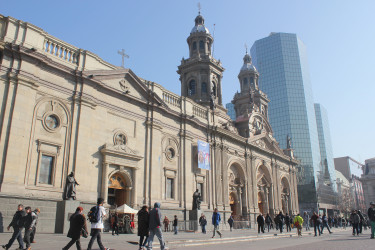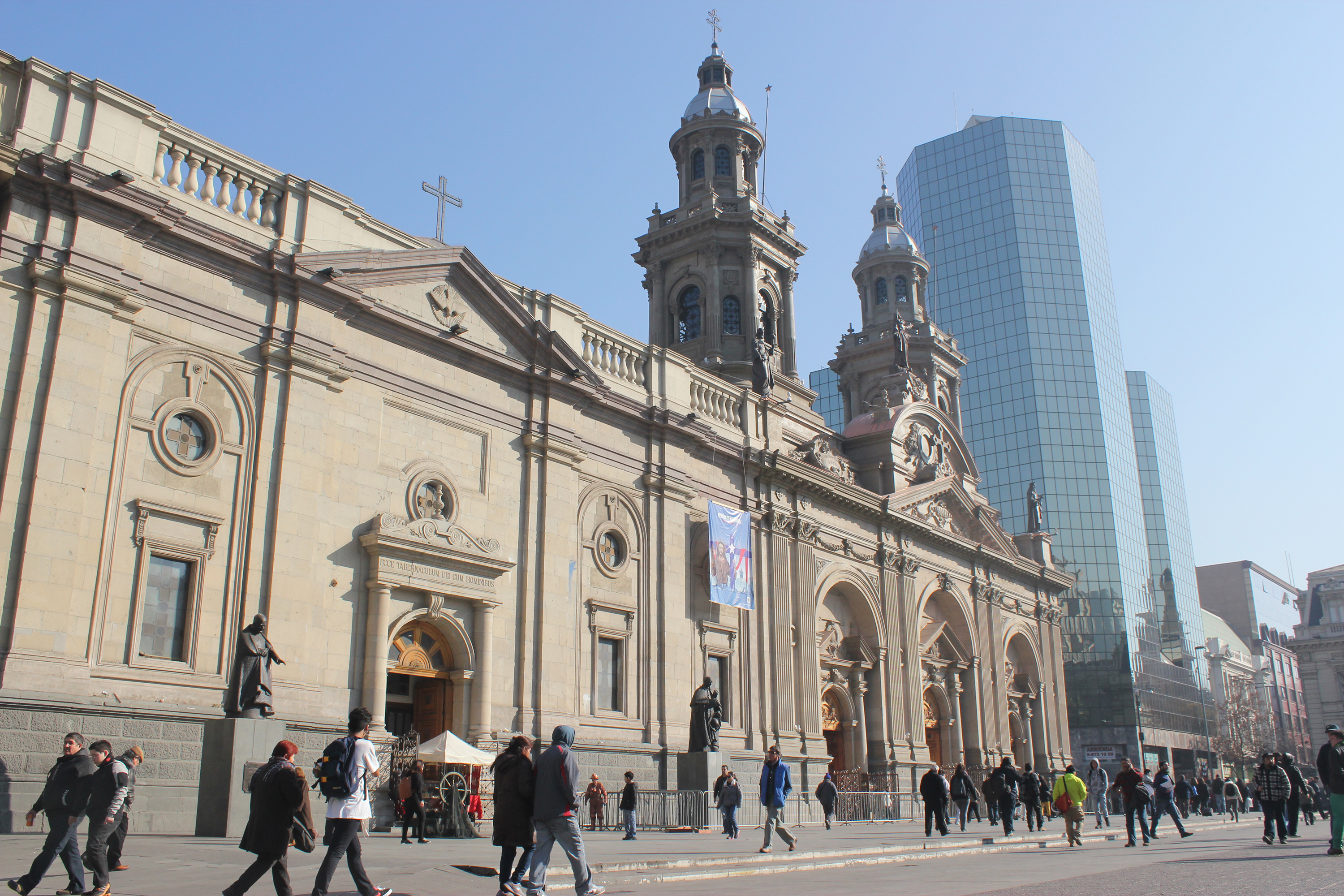No one could have told me that minutes after discussing the niceties of the Guyana-Chile relationship with Chile’s Minister of Foreign Affairs, I would be sprinting down Santiago’s darkening streets, eyes teary from tear-gas, trying to discern friend from foe.

But there I was, moving faster than a skier down the Andes slopes, eyes scanning the streets for any roaming, bottle-hurling protesters even as Chile’s police, the Carabineros, armoured to a T, on foot and in vehicles, raced up and down the streets looking for the demonstrators who had scattered after charging police discharged tear-gas into the crowd.
In my travels, I have sometimes found myself in the oddest of situations like getting stranded in a mountain village for a week because the plane could not land in the foggy conditions. This was different.
I was in Chile at the invitation of the Chilean government which is developing closer relations with the Caribbean and, having a relatively low profile here, is keen to make itself better known. It is also opening an Embassy in Guyana, its first since the establishment of formal diplomatic ties between the two countries in 1971.
Chile is the highest ranked South American country in the UNDP’s Human Development Index and I expected it to be relatively developed but, well, South American; Brazil with a dash of Miami.
Santiago took my breath away. Chile’s capital is in the middle of the country nestled in a valley under the Andes Moun-tains, and being in the Southern Hemis-phere, was in the middle of winter when I arrived in July. With the temperature in the single digits, every foggy breath I

